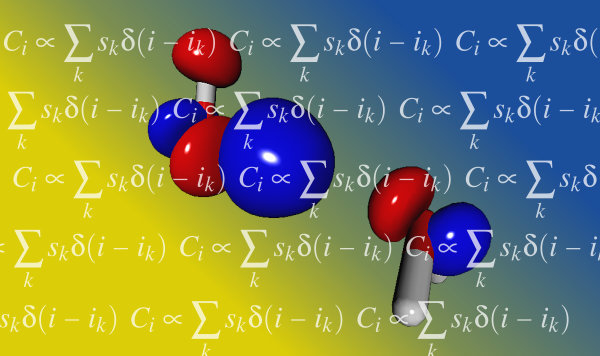
Electronic Structure Theory
Research in our department is concerned with the development of accuarte ab initio wavefunction methodologies for the description of correlated electronic systems. We work primarily with Quantum Chemical Hamiltonians, based on realistic descriptions (i.e. the electronic Schrodinger equation). Our methods include Quantum Monte Carlo methds in Hilbert spaces, including spin-adaptation, and Coupled Cluster methods, and in applications to solids, embedding methodologies.
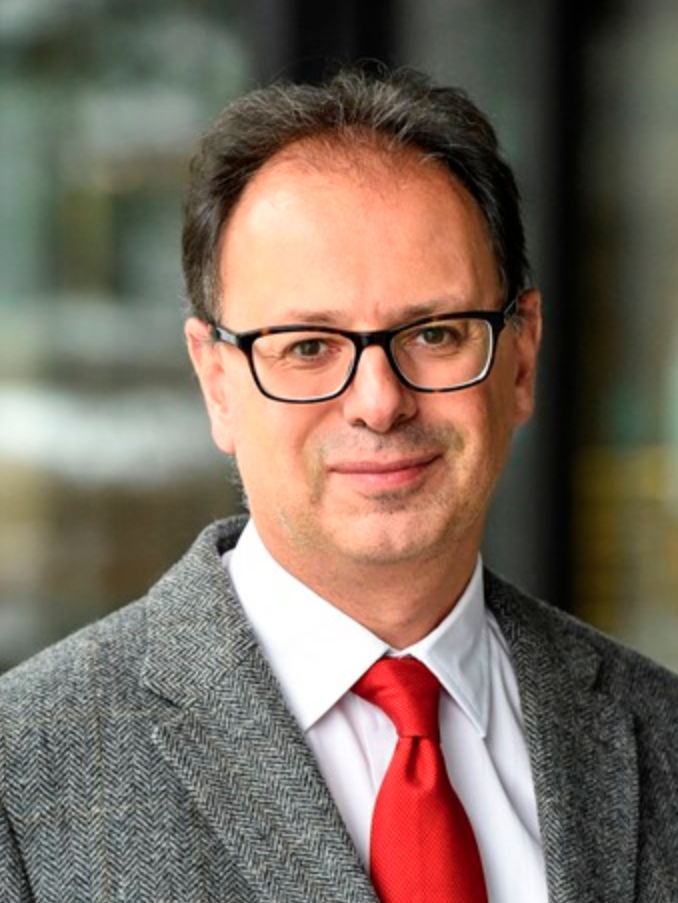
Prof. Ali Alavi
MPI for Solid State Research, Stuttgart
Scientific Director
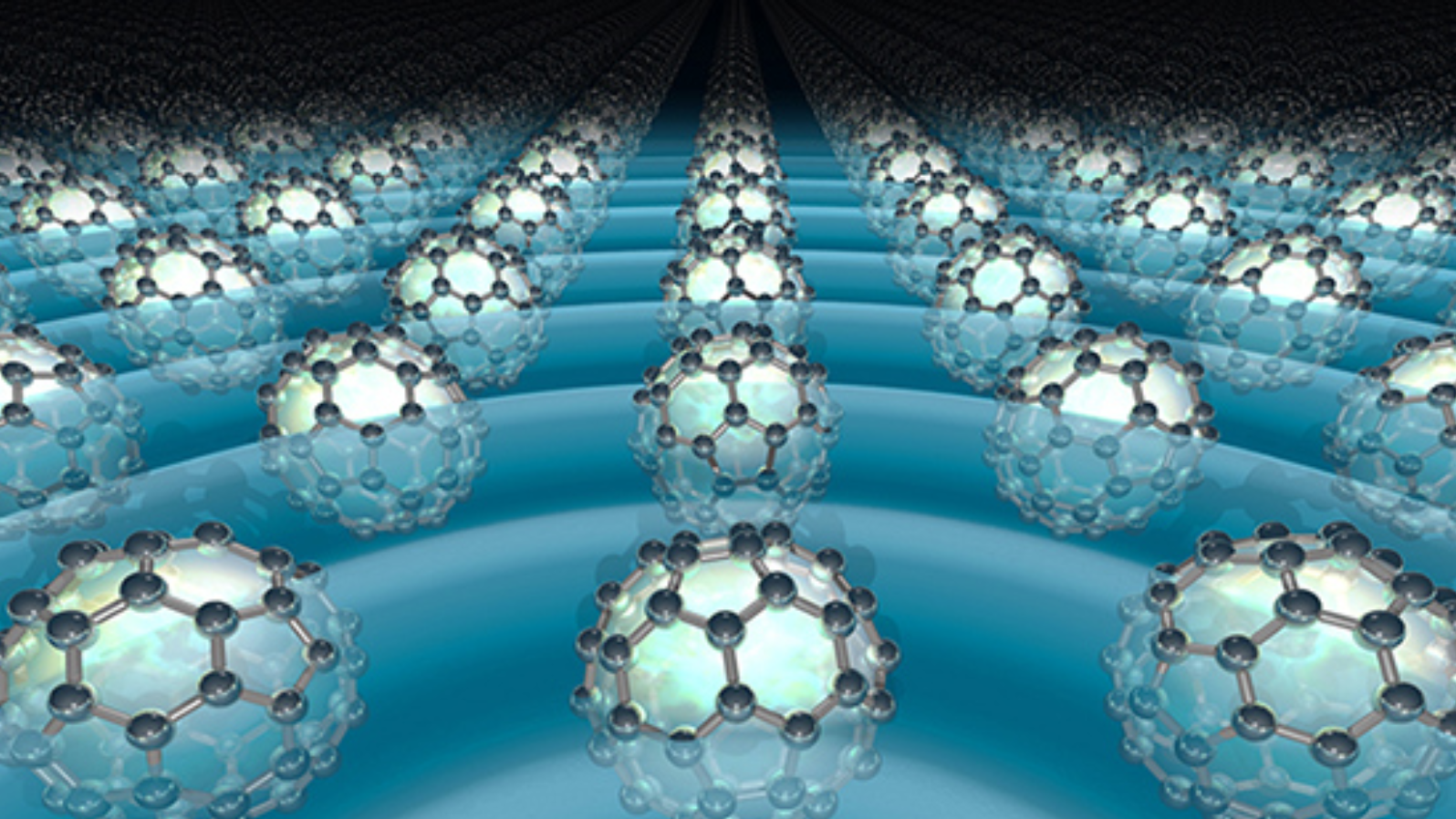
Coherent Control of Quantum Materials
We are active in the general area of time dependent phenomena in quantum solids, from high temperature superconductors to quantum magnets and topological materials. We have developed a suite of experimental methods to coherently control collective degrees of freedom in solids, ranging from phonons and spins to more exotic modes such as Josephson Plasmons and orbitons. Some of the most consequential discoveries of our research include the realization and discovery of functional properties of solids (e.g. superconductivity, magnetism and ferroelectricity) induced through coherent driving far above the thermodynamic transition temperatures Tc. We are also majorly involved in the application of X-Ray Free Electron Lasers, to probe structural dynamics in these materials.

Prof. Andrea Cavalleri
MPI for the Structure and Dynamics of Matter, Hamburg
Scientific Director
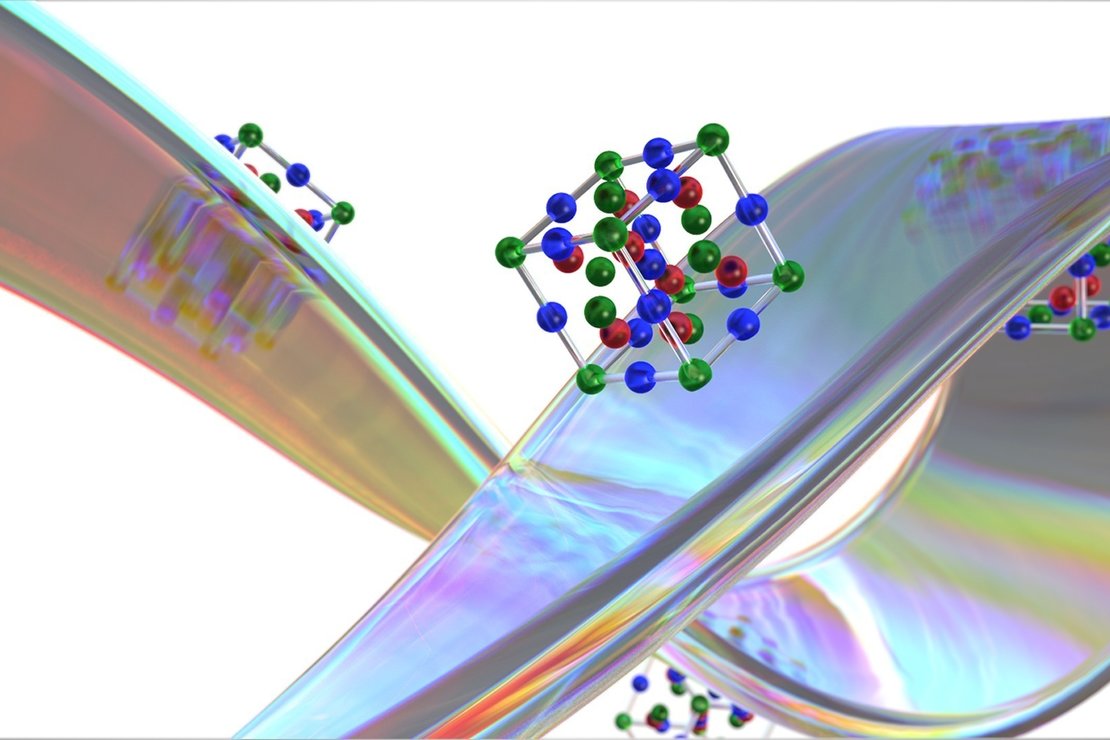
Topological Quantum Materials
The expertise of the solid-state chemistry group of Claudia Felser is the design, synthesis and investigation of topological quantum materials. New classes of quantum materials are found in insulators and semimetals that exhibit non-trivial topologies: they display a plethora of novel phenomena including: topological surface states; new Fermions such as Weyl, Dirac, chiral Fermions or Majorana. Beyond a single particle picture we started to investigate topological magnetic materials including non-collinear spin textures such as Skyrmions. Beyond their exceptional transport properties, the properties of single crystals with particular topological electronic structures can mimic phenomena found in high energy physics and cosmology. Selected materials will be grown as thin films and devices for the investigation of quantum effects for future quantum technologies.
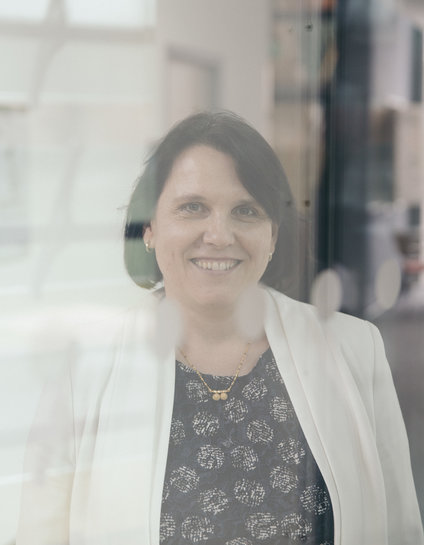
Prof. Claudia Felser
MPI for Chemical Physics of Solids, Dresden
Scientific Director
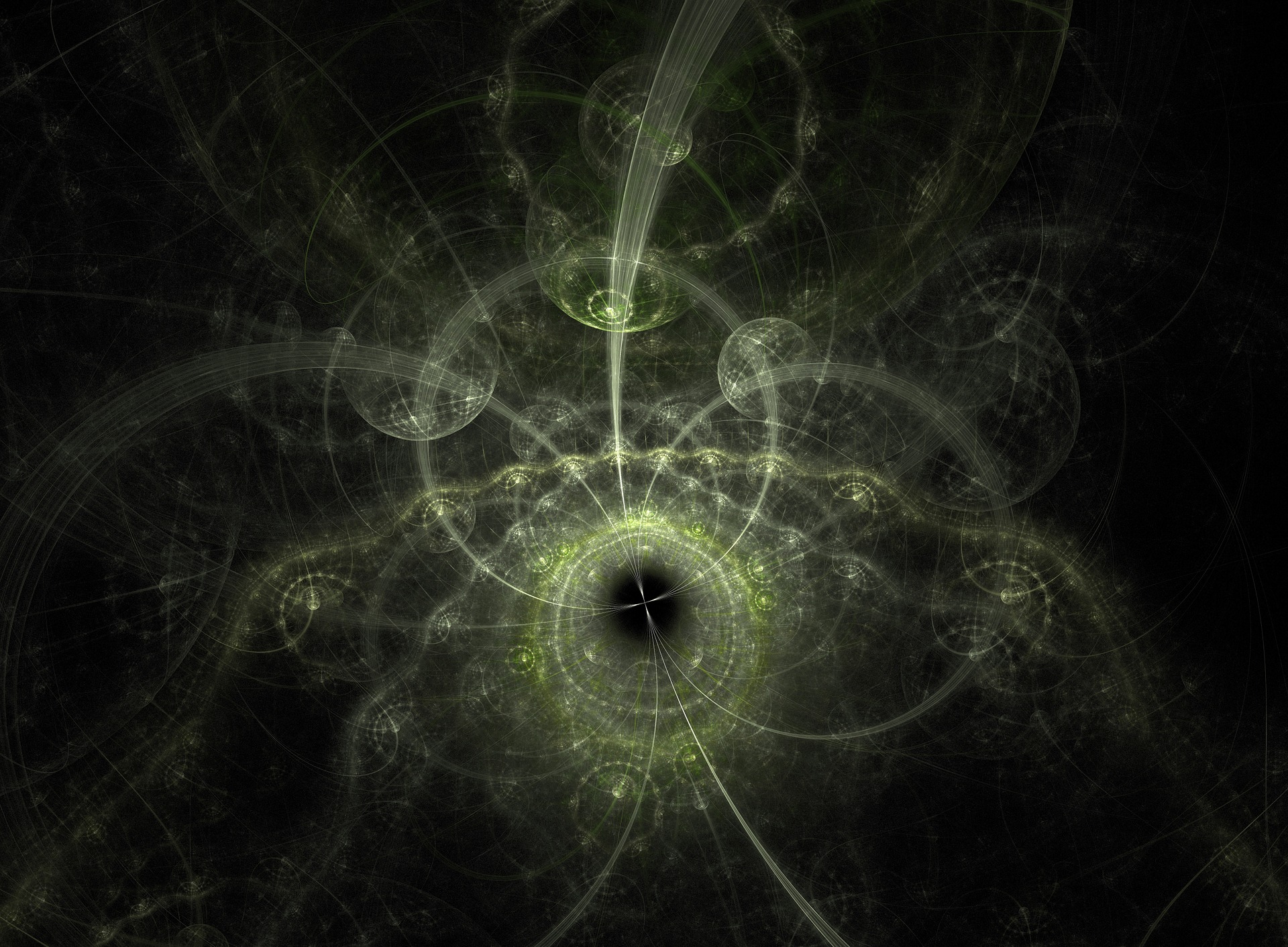
Quantum Materials and Devices
from the Macro to the Nanoscale
Johannes Gooth leads the independent Max Planck Research Group “Nanostructured Quantum Matter” at the Max Planck Institute for Chemical Physics of Solids. His group experimentally investigates novel quantum matter from the macro to the nanoscale. Of particular interest are topological materials in which the electronic excitations are effectively described by relativistic quantum field theory to explore the relation between thermal gradients and gravity, the quantum Hall effect in three dimensions, correlated topological states and novel quasi-particles.
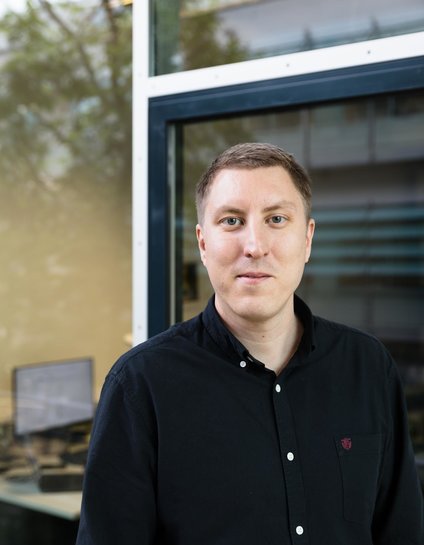
Dr. Johannes Gooth
MPI for Chemical Physics of Solids, Dresden
Group Leader
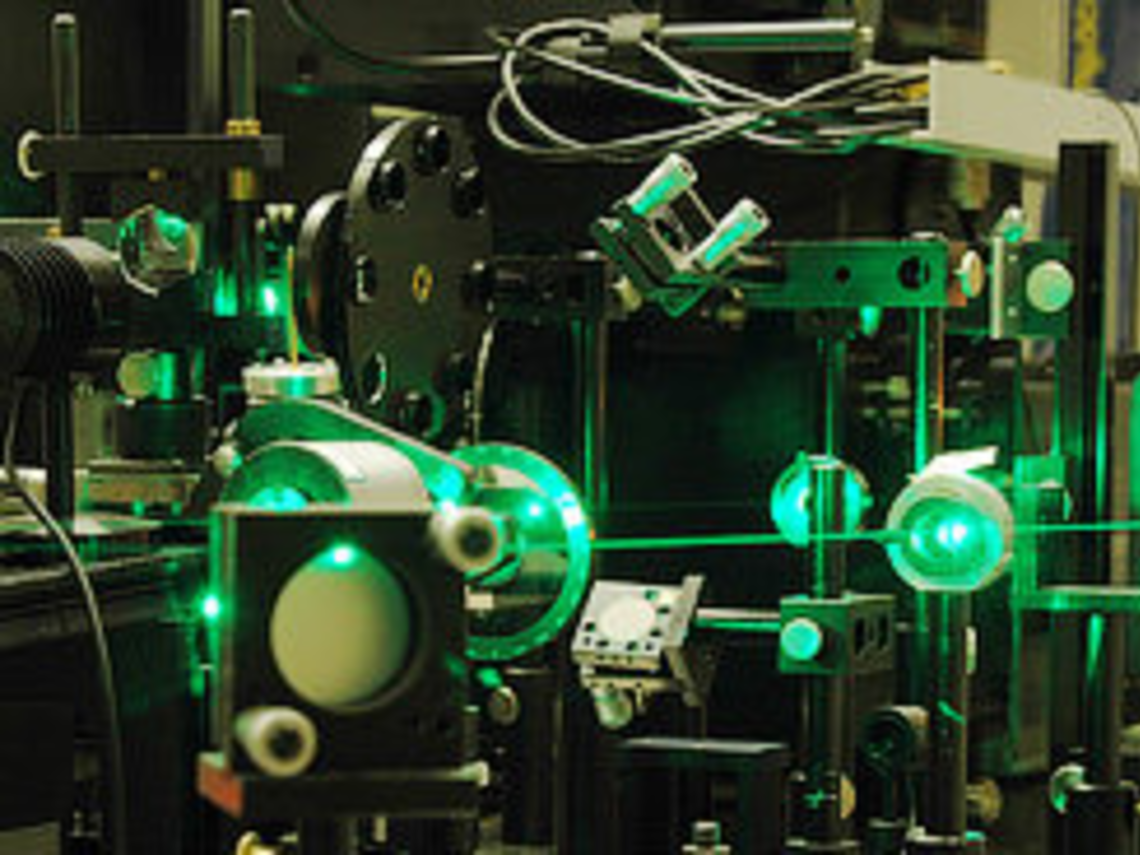
Spectroscopy of Quantum Materials
Research in our department is aimed at a comprehensive understanding and control of the electronic properties of correlated-electron materials. To this end, we are using a comprehensive set of spectroscopic methods, in conjunction with materials synthesis and theory. We are also developing new spectroscopic probes of quantum materials.

Prof. Bernhard Keimer
MPI for Solid State Research, Stuttgart Scientific Director
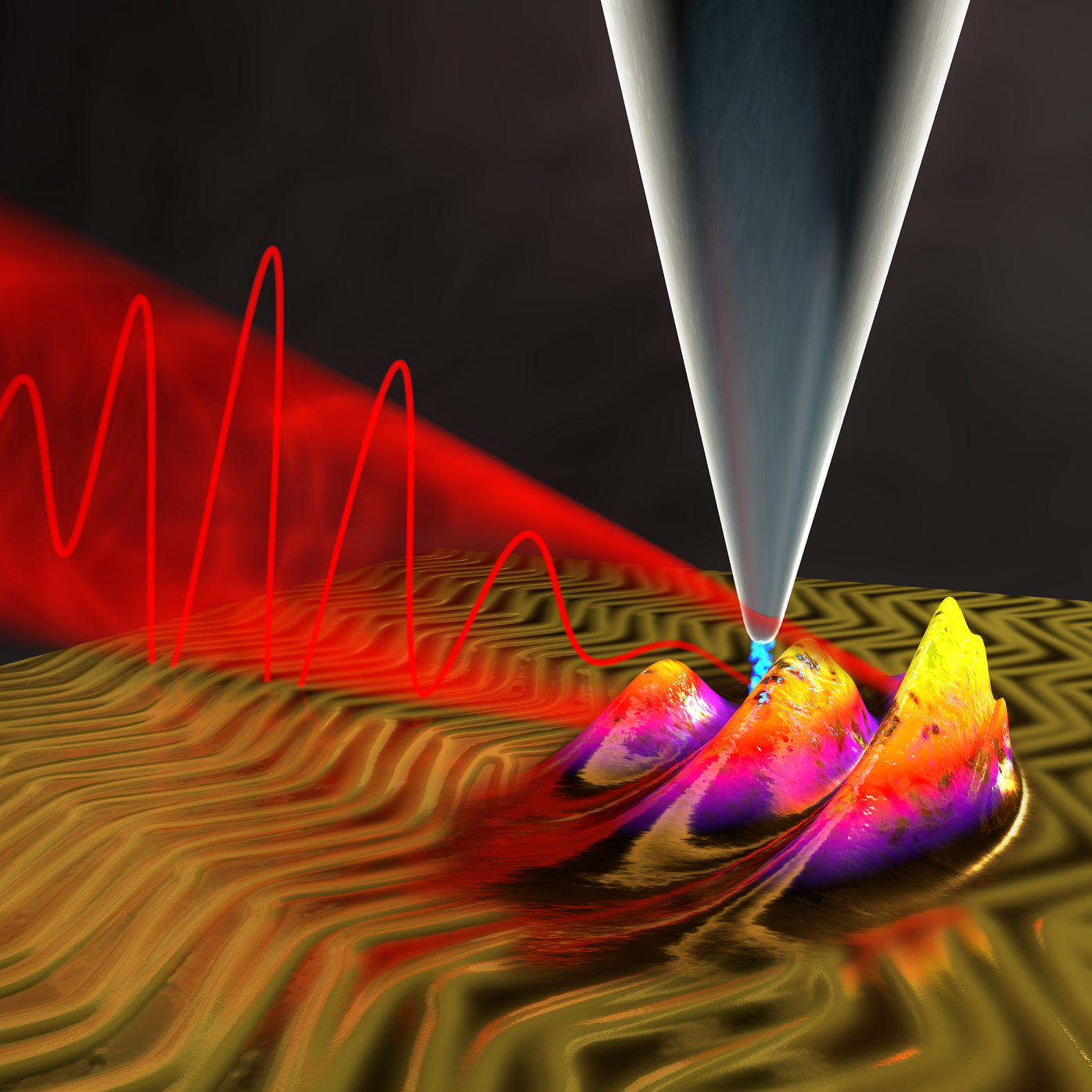
Nanoscale Science with a focus on systems determined by quantum behavior
Klaus Kern heads the Nanoscale Science Department at the Max Planck Institute for Solid State Research. We address the fundamental properties of nanostructures at the single atomic and molecular level in order to characterize physical and chemical properties atom by atom. Our experiments provide an important benchmark for the understanding of quantum physics in nanostructures.
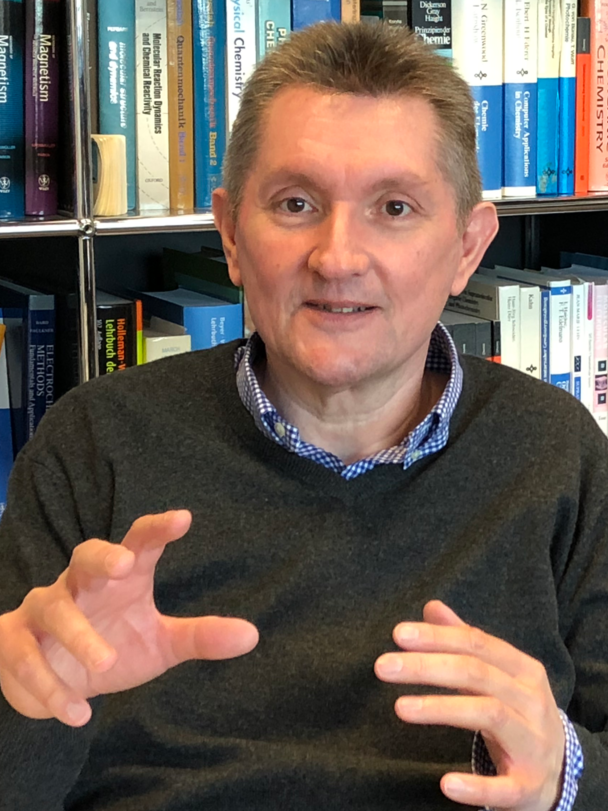
Prof. Klaus Kern
MPI for Solid State Research, Stuttgart Scientific Director

Topological phenomena in quantum systems
In our theory group, we study non-Hermitian topological phenomena. Non-Hermiticity plays a central role in classical and quantum systems, where in the quantum realm it describes the dynamics of open quantum systems as well as scattering and decay due to, e.g., interactions and disorder. In recent years, non-Hermiticity has been investigated in the context of topology revealing a dramatic enrichment of the phenomenology of topological phases resulting in a new cross-disciplinary research field that is rapidly expanding. In the group, we focus on exploring the role of exceptional nodal phases, which are a truly non-Hermitian phenomenon. Besides studying toy models to gain a deeper understanding of the fundamental aspects to non-Hermitian topology, we also collaborate with experimental groups in the optical domain, while also studying setups highly relevant for solid state physics.

Dr. Flore Kunst
MPI for the Science of Light, Erlangen
Lise Meitner Group Leader

Quantum materials as a platform for energy conversion and storage
The scientific mission of the Nanochemistry Department at the Max Planck Institute for Solid State Research is the bottom-up design of functional solids across multiple length scales to access new material frontiers in energy conversion and sensing. Within this broader theme, we are interested in quantum materials – especially those with topologically non-trivial electronic structures – as a new material platform for energy conversion and storage. We develop 2D materials and superlattices hosting for example low-dimensional or frustrated magnetism, and explore the potentially rich interface between topological quantum materials and heterogeneous (photo)catalysis.

Prof. Bettina V. Lotsch
MPI for Solid State Research, Stuttgart
Scientific Director
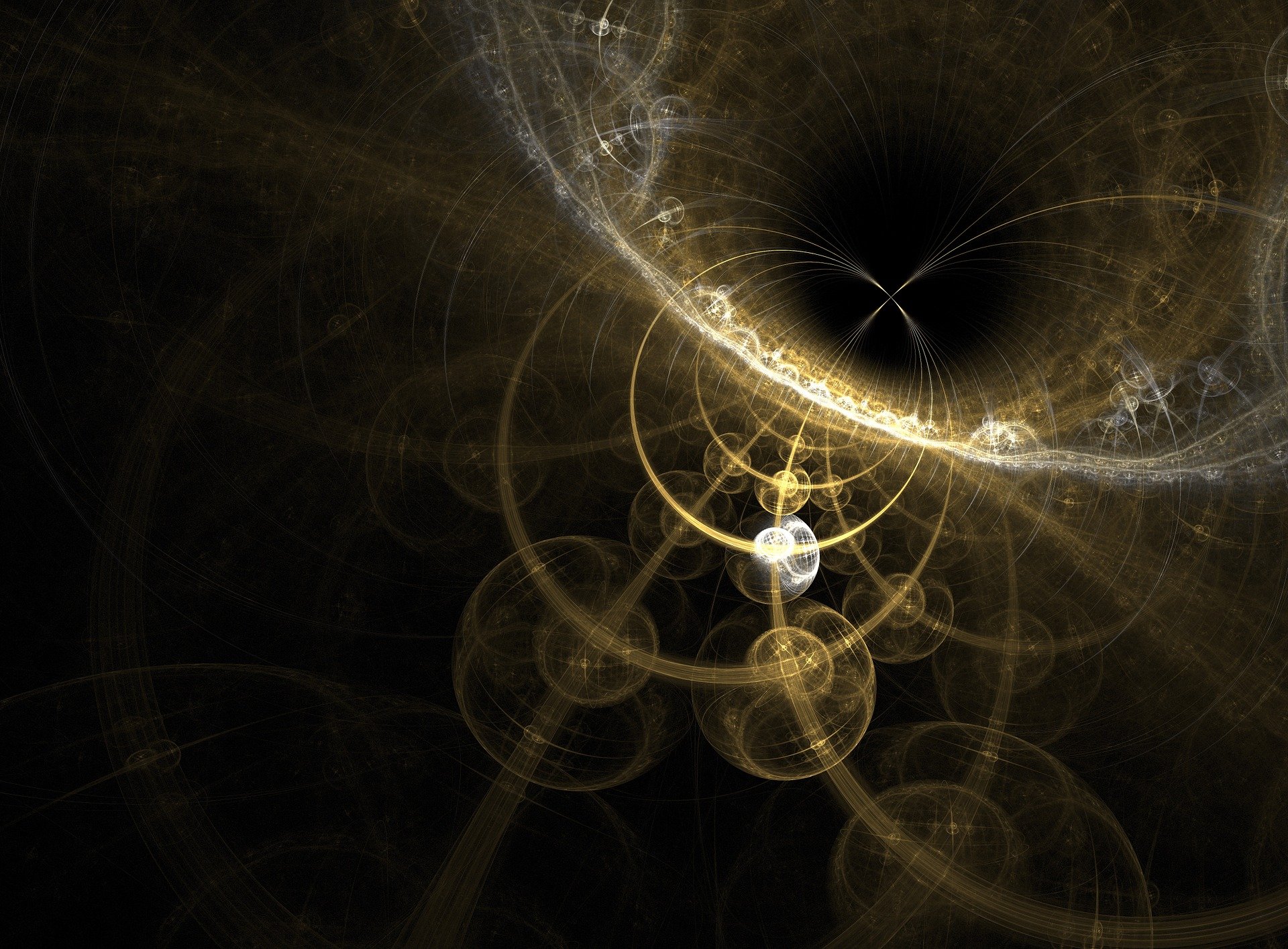
Quantum Tuning and Microstructuring of Ultrapure Metals and Superconductors
Andy Mackenzie heads the Physics of Quantum Materials division at the Max Planck Institute for Chemical Physics of Solids. His group’s interest is in the quantum science of materials. One focus is working with novel ultra-pure metals and superconductors, and controlling their physical properties using non-thermal tuning techniques that do not introduce disorder. Work at the interface with solid state chemistry is achieved through the development of microstructuring techniques and extremely low-noise measurement apparatus that enable full-scale physics experiments on tiny crystallites that would until recently have been impossible to study in this way.
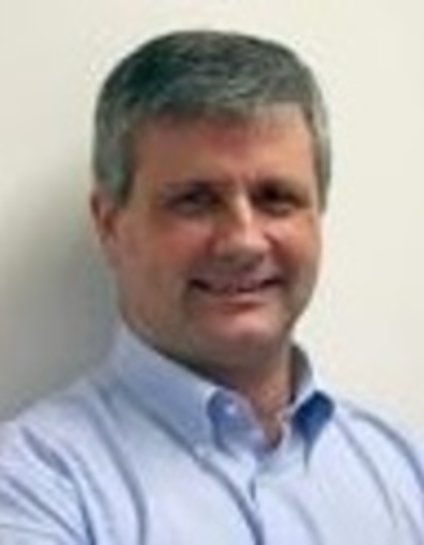
Prof. Andrew Mackenzie
MPI for Chemical Physics of Solids, Dresden
Scientific Director
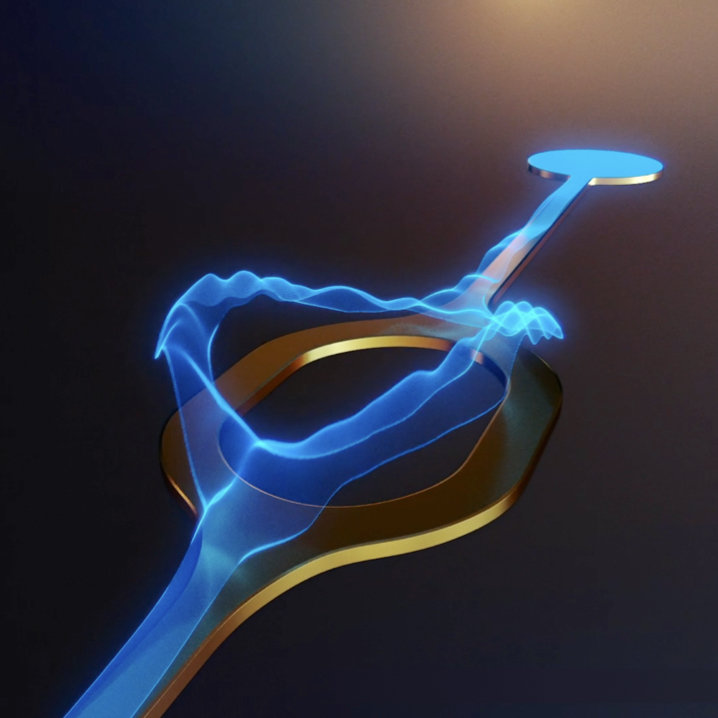
Non-unitary Quantum Electronics
Utilising individual quantum decoherence processes opens the door to fascinating quantum electronic and quantum optical devices. These have functionalities that are found exclusively in the transition regime between quantum mechanics and classical physics; otherwise these functions are precluded by fundamental laws of nature.
The department explores such quantum electronic devices and related quantum materials both experimentally and by model calculations. In our work, we pipeline the unitary evolution of electron quantum states with individual non-unitary processes that cause phase memory loss and interrupt the coherent propagation of electrons.
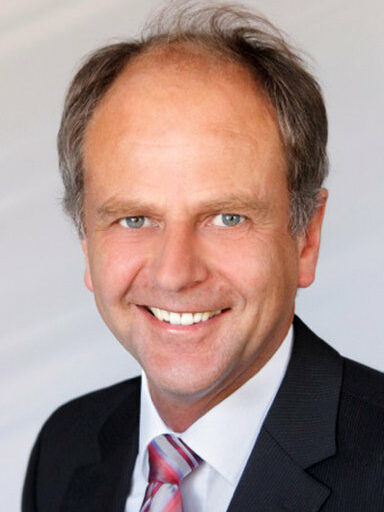
Prof. Jochen Mannhart
MPI for Solid State Research, Stuttgart Scientific Director
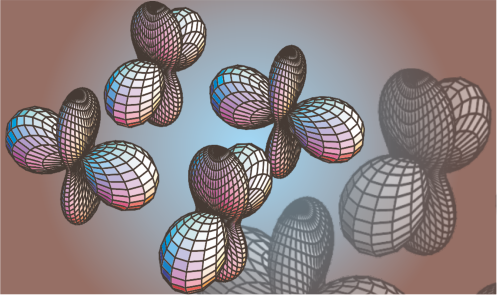
Quantum Many-body Theory
Our group analyzes and computes electronic properties of quantum materials with a main focus on systems where electronic correlations play a crucial role. We are particularly interested in high temperature superconductors with their complex interplay of magnetic, superconducting and charge correlations. Moreover, topological insulators, semimetals and superconductors are a major research topic in our department. Besides bulk properties of one-, two-, and three-dimensional systems, we also study surface states of topological quantum phases and electronic transport in nano-structured quantum devices. The correlation problem is attacked with a broad spectrum of numerical and field-theoretical techniques.
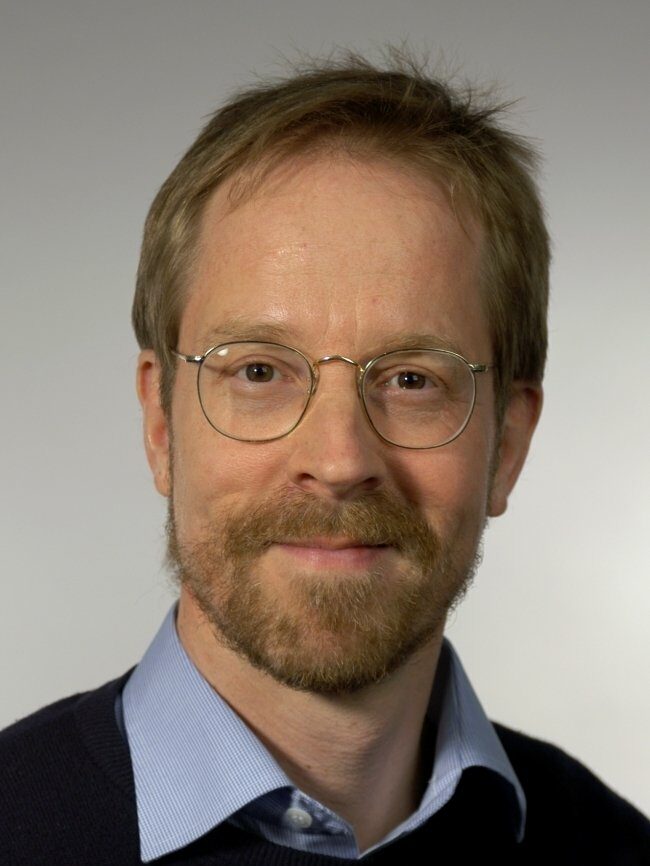
Prof. Walter Metzner
MPI for Solid State Research, Stuttgart
Scientific Director
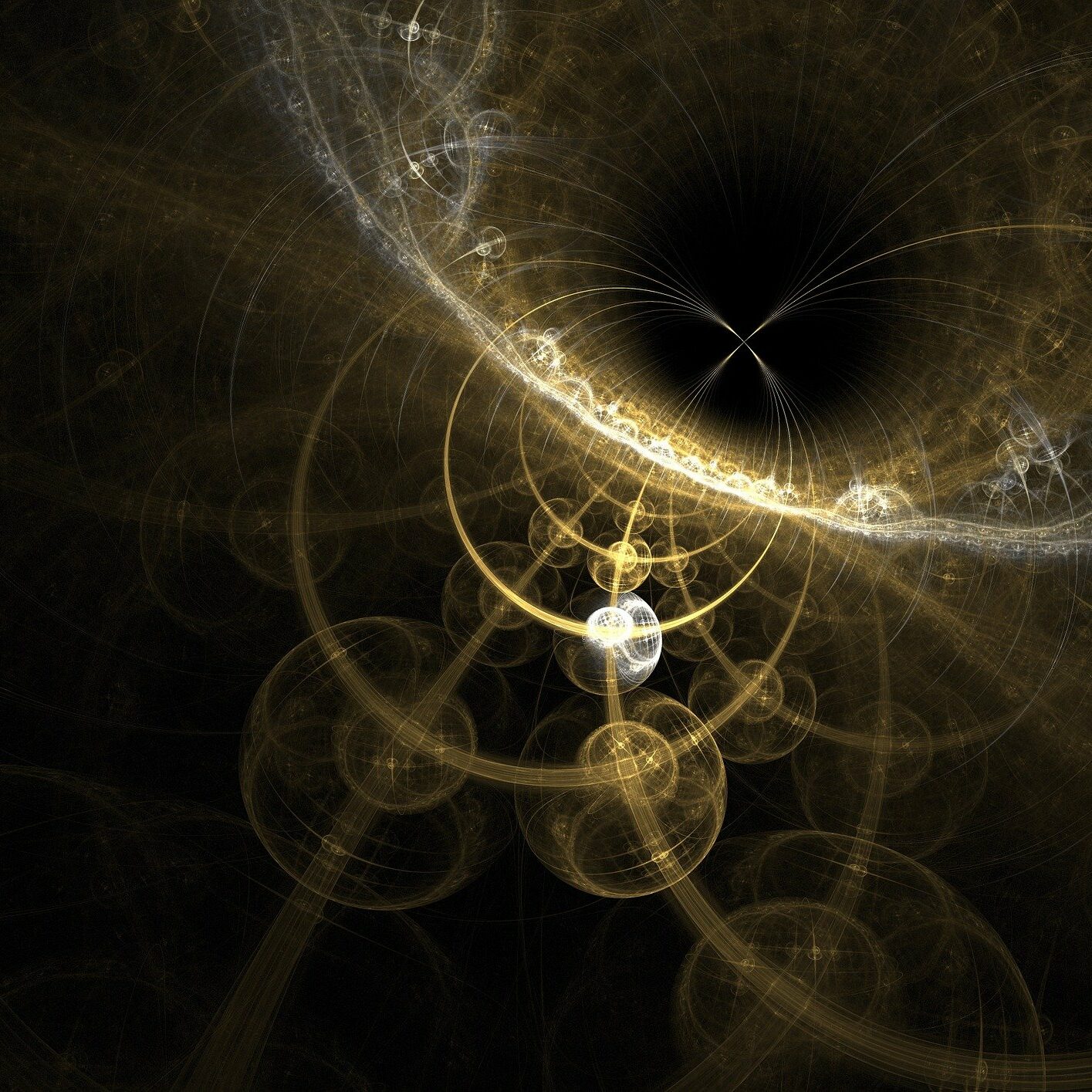
Quantum Matter, New Kinds of Order,
and Quantum Dynamics
The Condensed Matter Division of MPI-PKS is interested in a broad range of collective phenomena. These can be grouped under three umbrellas of quantum matter, new kinds of order and quantum dynamics, with substantial interconnections naturally continuing to emerge.
A key scope of research is the identification and theoretical description of new kinds of order ranging from unconventional phases such as quantum spin liquids appearing in frustrated magnets to topological matter; this includes non-equilibrium phenomena such as time crystals. Such phases often cannot be described by local order parameters but rather entail peculiar entanglement properties linking condensed matter theory directly to quantum information concepts.

Prof. Roderich Moessner
MPI for the Physics of Complex Systems, Dresden
Scientific Director

Atomically Engineered Quantum Materials for Spintronics and Neuromorphic Computing
The department led by Stuart Parkin has substantial experimental research programs that are focused on atomic engineering of quantum materials. Of particular interest are applications for spintronic technologies, neuromorphic computing, and topological quantum information. The institute has a leading expertise in the deposition of atomically-thin films and heterostructures using various techniques ranging from molecular beam epitaxy, pulsed laser deposition, magnetron and ion beam sputtering to atomic layer deposition. Further research lines that overlap with QST are systems with unconventional high-temperature superconductivity; unusual magnetic textures such as non-collinear magnetism and skyrmions; and materials that only exist at interfaces or on very short time-scales.
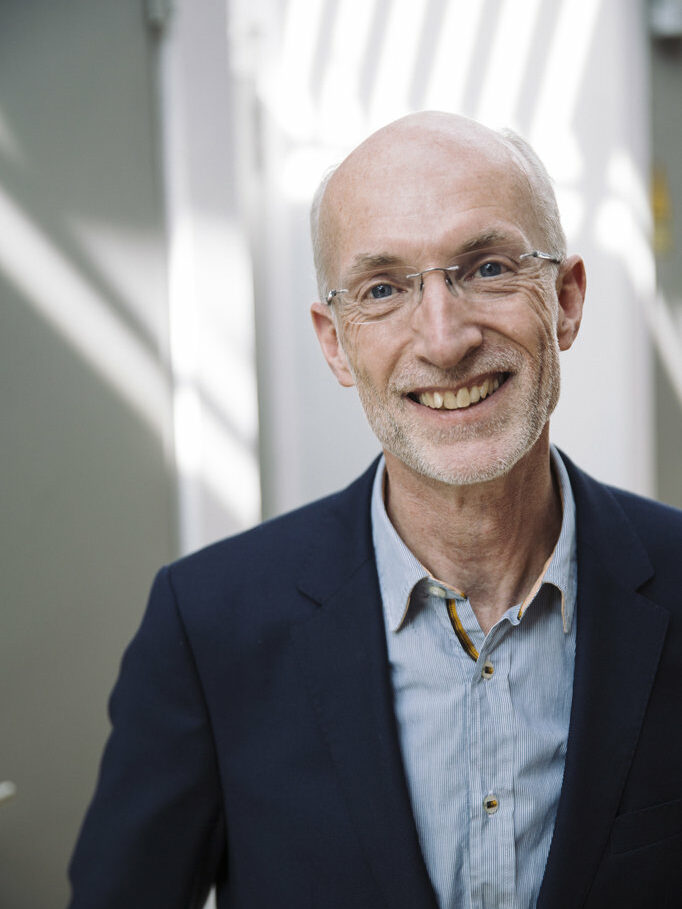
Prof. Stuart S. P. Parkin
MPI of Microstructure Physics, Halle
Scientific Director
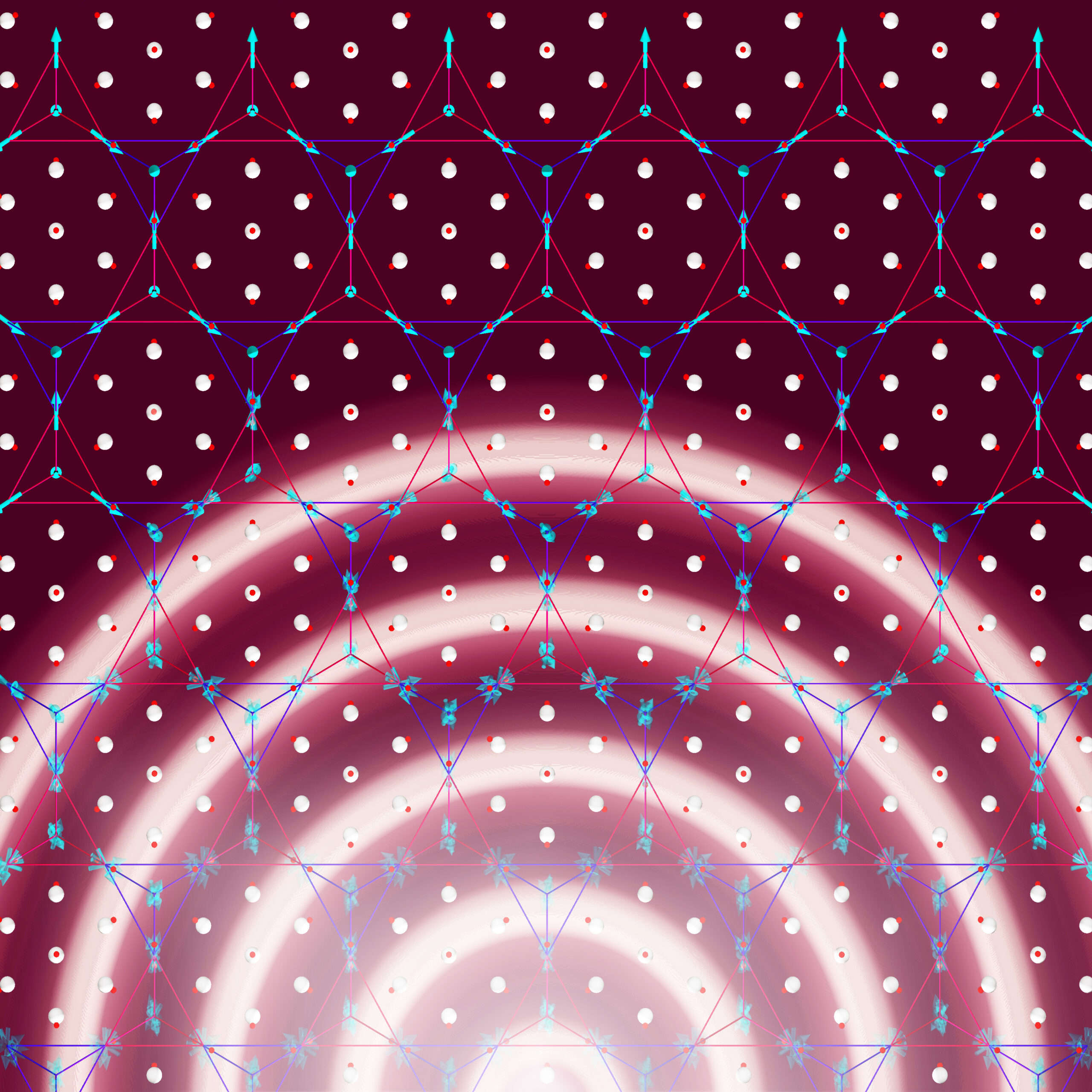
New States of Matter – a Theoretical Approach to Engineer Quantum Materials with Light and Cavities
The electronic and structural properties of advanced materials, nanostructures and molecular complexes are the focus of the Theory Department’s work. Researchers focus on developing novel theoretical tools and computational codes to investigate and control the electronic response of such systems to arbitrary time-dependent external electromagnetic (quantum) fields. We aim to provide a detailed, efficient, and at the same time accurate microscopic approach for the ab-initio description and control of the dynamics of decoherence and dissipation in quantum many-body systems. We seek to characterize new non-equilibrium states of matter.

Prof. Angel Rubio
MPI for the Structure and Dynamics of Matter, Hamburg
Scientific Director
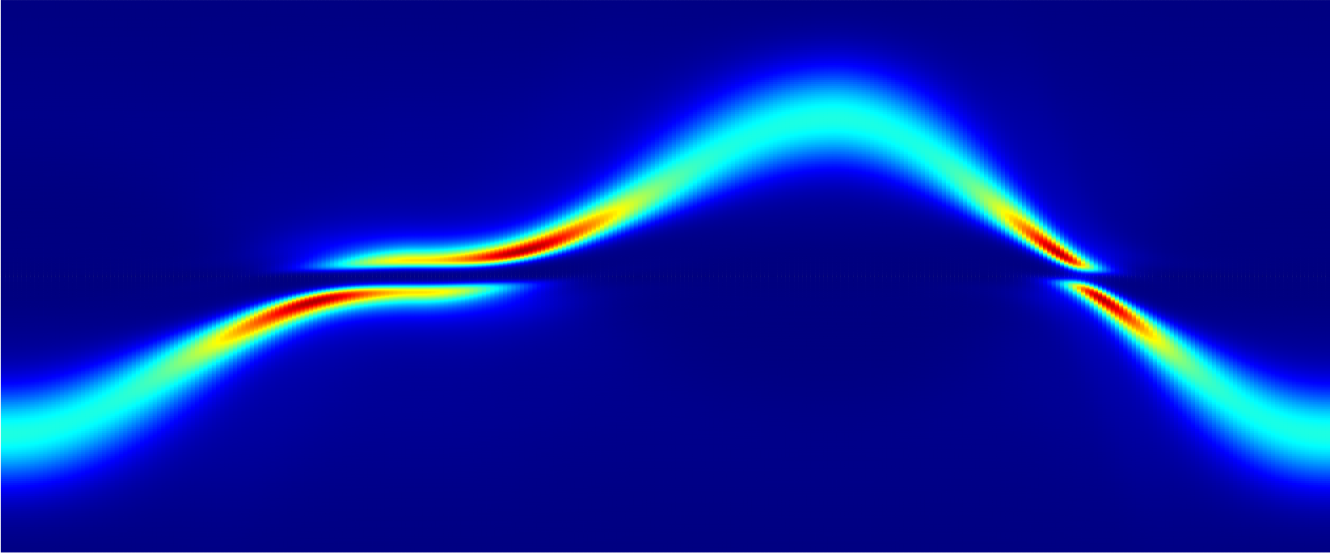
Theory of Strongly Correlated Quantum Matter
Materials with strong electronic correlations are amongst the most intriguing topics at the forefront of research in condensed matter physics. On the one hand, they exhibit fascinating phenomena like quantum criticality and high-temperature superconductivity, bearing a high potential for applications. On the other hand, they are theoretically very appealing due to their limited understanding, even on the very fundamental level. Within the research group “Theory of Strongly Correlated Quantum Matter”, the frontier of this fundamental understanding is pushed by applying cutting-edge numerical quantum field theoretical methods to quantum critical systems, high-temperature superconductors, Mott insulators and magnetically frustrated systems, both in the purely model (Hubbard model, periodic Anderson model) as well as material oriented (heavy fermions, cuprates, organics) context.
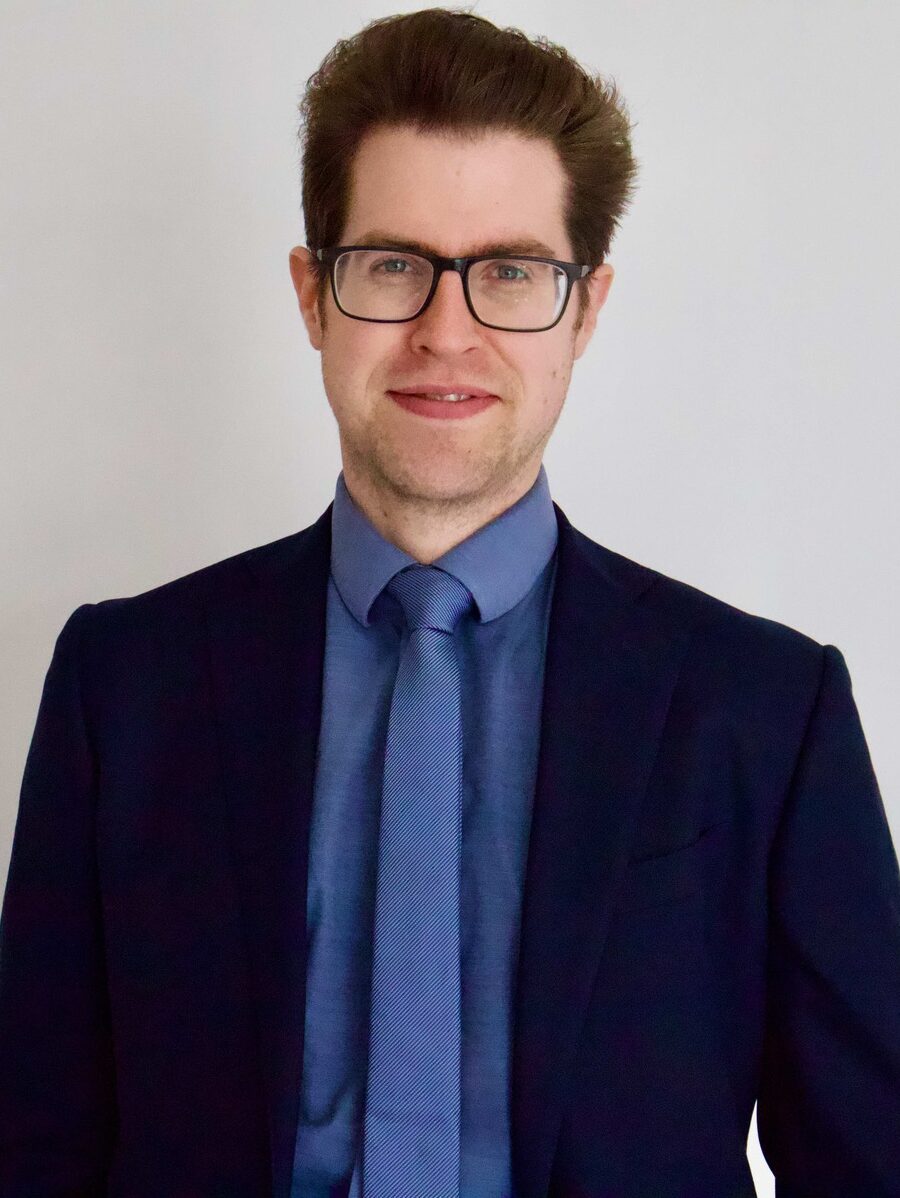
Dr. Thomas Schäfer
MPI for Solid State Research, Stuttgart
Group Leader
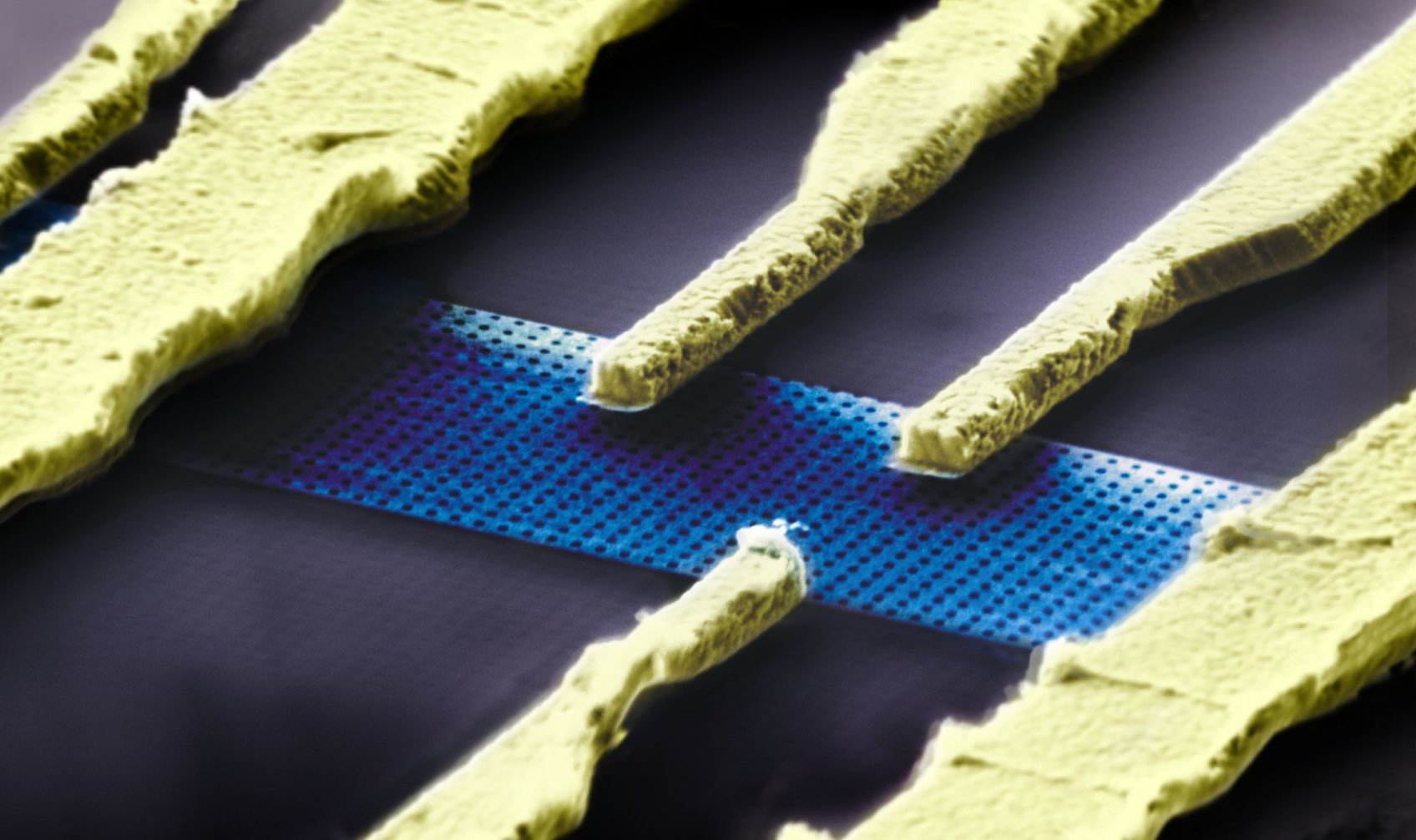
Correlated Ground States and Interfacial Interactions in Van der Waals Heterostructures
The Solid State Nano Physics Group exploits the virtues of Van der Waals stacking and encapsulation of 2D materials to explore and generate correlated phases of matter that result from interfacial interactions due to for instance Moiré superlattice potentials, spin orbit coupling and magnetic exchange. Exceptional carrier density tunabilities are achieved in dual gated heterostructures as well as through on-chip reversible intercalation of ions to transfer charge to the 2D materials. Characterization proceeds primarily with ultralow temperature transport and optical probes. These studies focus among others on unconventional superconductivity, charge density wave physics, fractional quantum Hall physics and spin or topology related phenomena.

Dr. Jurgen Smet
MPI for Solid State Research, Stuttgart Group Leader

Solid-state Quantum Spintronics and Quantum Optics
Jörg Wrachtrup and his group pursue research on solid-state quantum spintronics and quantum optics. Specifically, the group focuses on the synthesis and utilization of isolated solid-state spin systems for quantum technology like nanoscale quantum sensing, as well as quantum information processing. Spin systems are assembled atom-by-atom and integrated into control structures and specifically designed photonic environments. The group utilizes quantum algorithms for enhanced signal processing, as well as single dopant atoms for nanoscale precision sensing for material science.
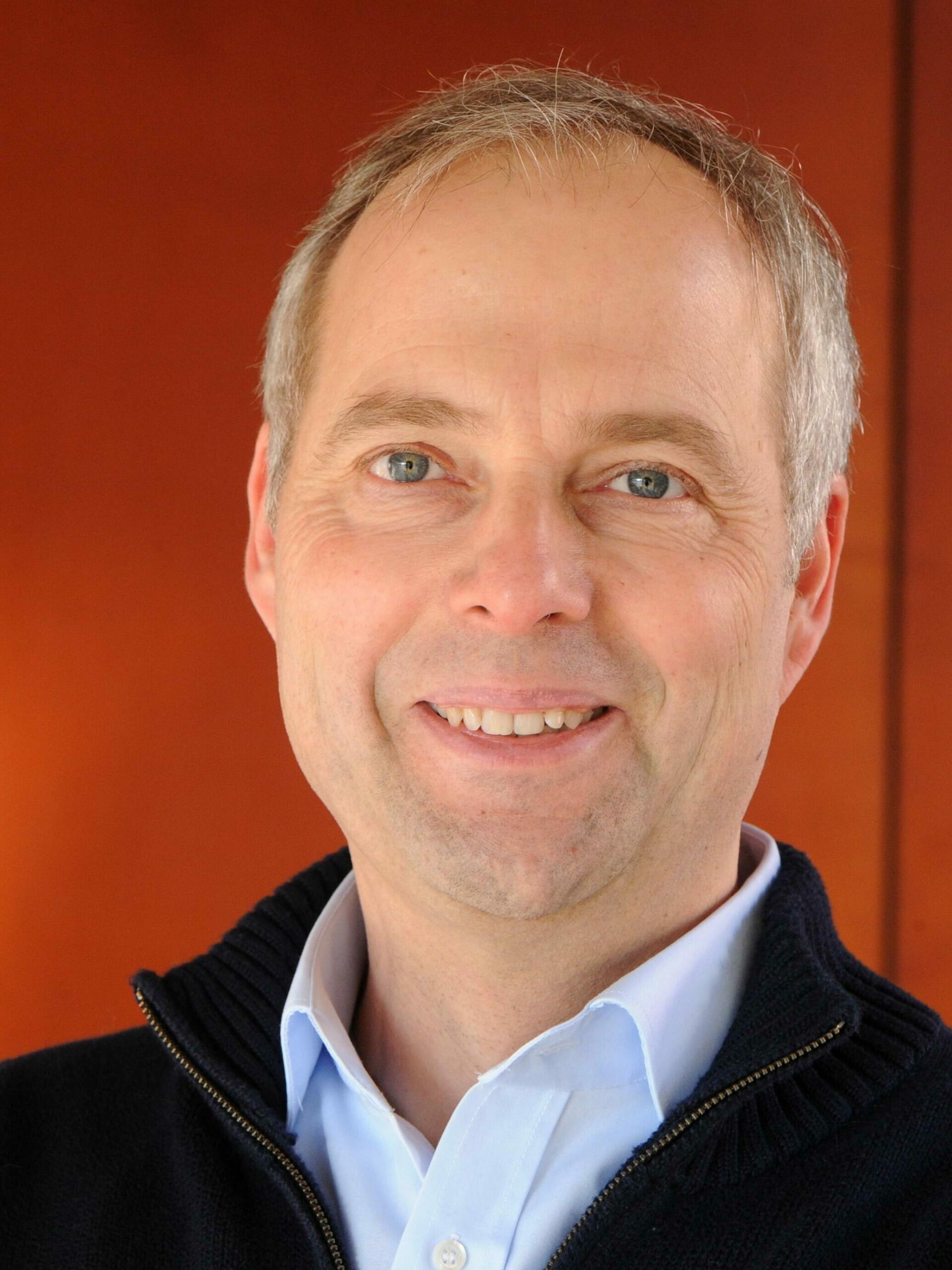
Prof. Jörg Wrachtrup
University of Stuttgart
Max Planck Fellow